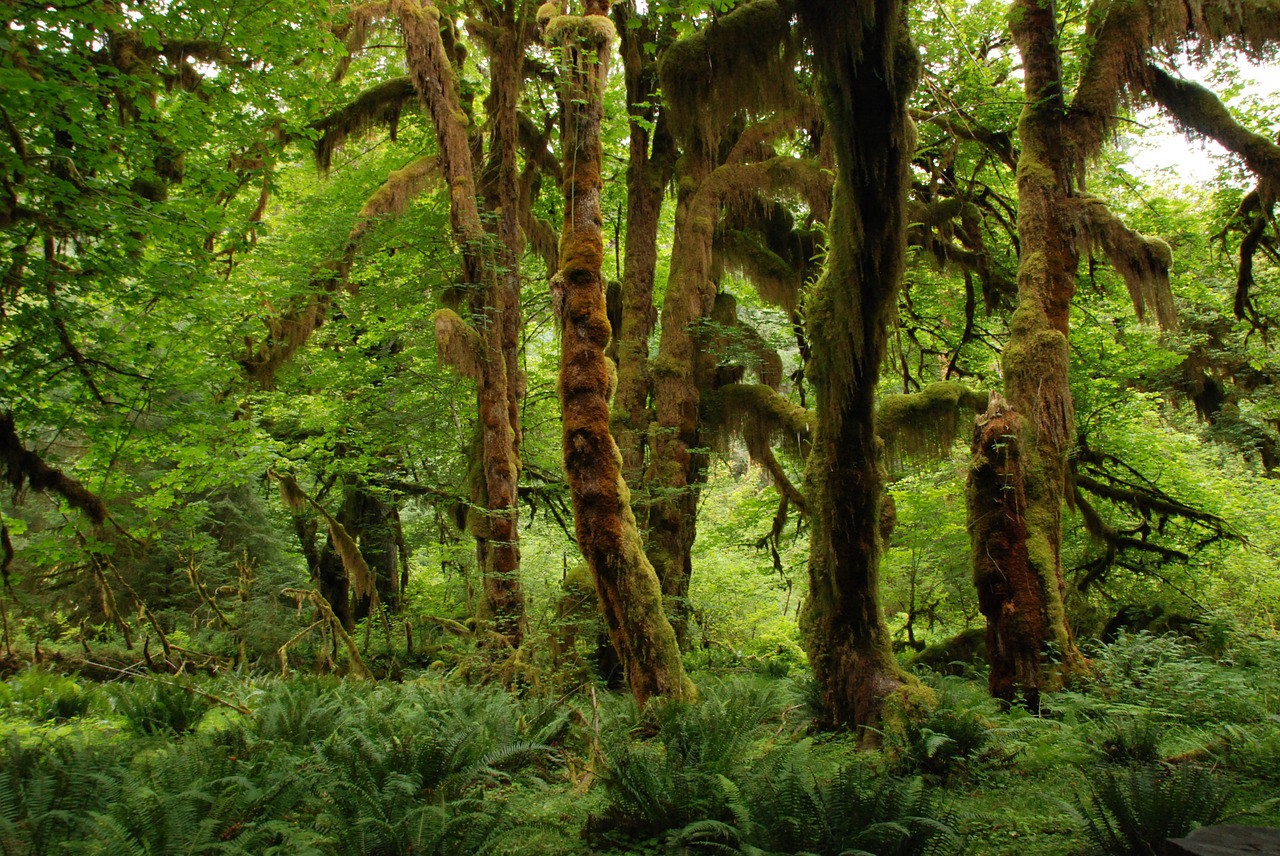Indigenous Land Rights: A Cheap and Effective Climate Change Solution, Just in Time
Author: David Kaimowitz | Published: November 4, 2016
At the United Nations Climate Change Conference in Paris last year, the world’s governments agreed to work to keep global temperature rise well below 2 degrees Celsius. The agreement sought to address a clear, urgent problem: Over the past 150 years, concentrations of carbon dioxide (CO2) in the atmosphere have increased by 40 percent. Twice as much CO2 was added to the atmosphere in the past 50 years as in the previous 100—putting our planet at grave risk.
The Paris Agreement formally goes into effect today. Now comes the hard part: putting it into action. Real action will mean burning far fewer fossil fuels like coal, oil, and gas. But changing our energy systems to reduce carbon pollution is, quite simply, not enough. To meet the Paris targets on time, we also need to protect and restore our forests so they can suck much more CO2 out of the atmosphere. If we don’t, it will be practically impossible to cut our fossil fuel use quickly enough to keep our climate stable.
It’s easy to foresee a situation where we reach a tipping point, and the shifts in the climate build on each other and spiral out of control. Indeed, if we keep increasing CO2 levels at roughly the current rate, we will reach the 2-degree threshold in just 20-25 years. We can’t let that happen. We need to buy time while we change the policies, do the research, and make the investments that can stop and ultimately reverse rising temperatures.

